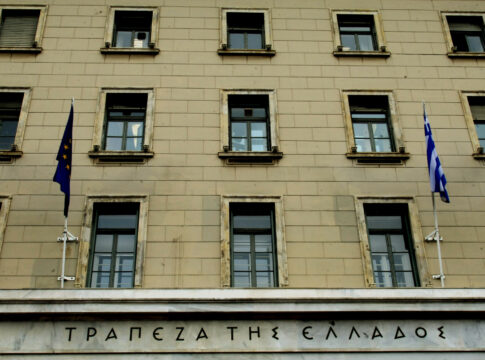The travelers in airports around the world this summer set the trend of what to expect in global tourism. Greece expects tourism receipts that will break the 2019 record, while special focus is placed on the discussion about “what tourism we want” in the future so that its contribution to the GDP is sustainable.
Travel will constitute a 15.5 trillion dollar market by 2033 – covering more than 11.6% of the global economy, according to the World Travel and Tourism Council (WTTC). This amount represents an increase of more than 50% compared to the 10 trillion dollars in 2019, when the travel market accounted for 10.4% of global GDP.
The WTTC report also examined the economic contributions of the world’s major tourism markets and revealed the 5 strongest travel and tourism economies from 2022 in terms of GDP contribution.
The most powerful
These remained in relation to 2019:
- USA
- China
- Germany
- United Kingdom and
- Japan
Japan surpasses the UK in the latest list.
France, Mexico, Italy, India and Spain in the top ten.
430 million jobs
The report also included figures on the contribution of travel and tourism to the labor market: Overall, the industry will employ up to 430 million people by 2033, up from 334 million in 2019. This translates into around 1 in 9 jobs worldwide.
Not only does travel represent a huge chunk of the global economy, but it is also growing much faster than the economy in general.
“Economists estimate that global GDP will grow by 2.6 percent annually,” Julia Simpson, president and CEO at the World Travel and Tourism Council, told Bloomberg from her office in New York. “In travel and tourism, we expect [annual growth] of around 5.1%.”
Another forecast from the WTTC shows big changes underway, Simpson added: Over the next 10 years, the US travel economy, which is the world’s largest with 2 trillion dollars in annual total economic output, will be replaced in the first place by China.
In 2033, China’s travel sector is expected to contribute 4 trillion dollars and account for 14.1% of the Chinese economy. In contrast, the US industry is projected to reach 3 trillion dollars and account for 10.1% of the US economy. These figures represent both the amount spent in the country by international visitors and the amount each country’s citizens spend on their own trips abroad.














